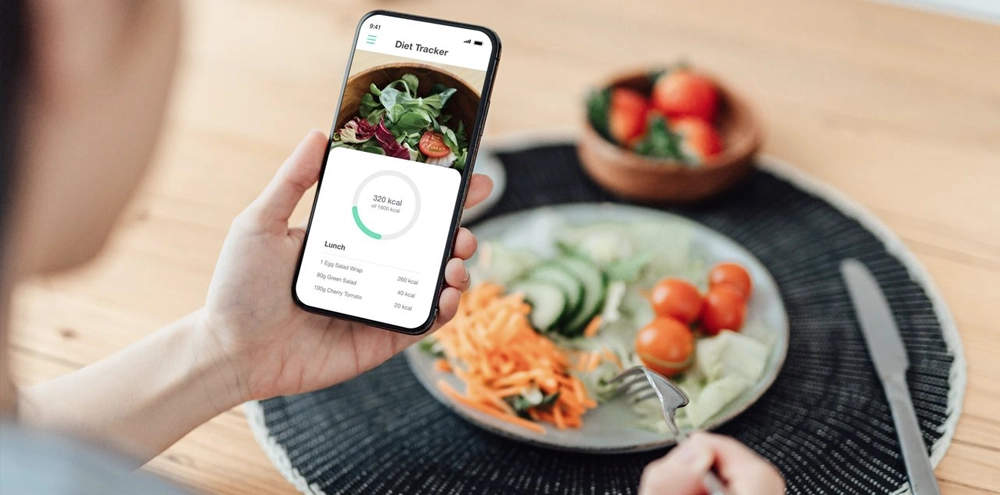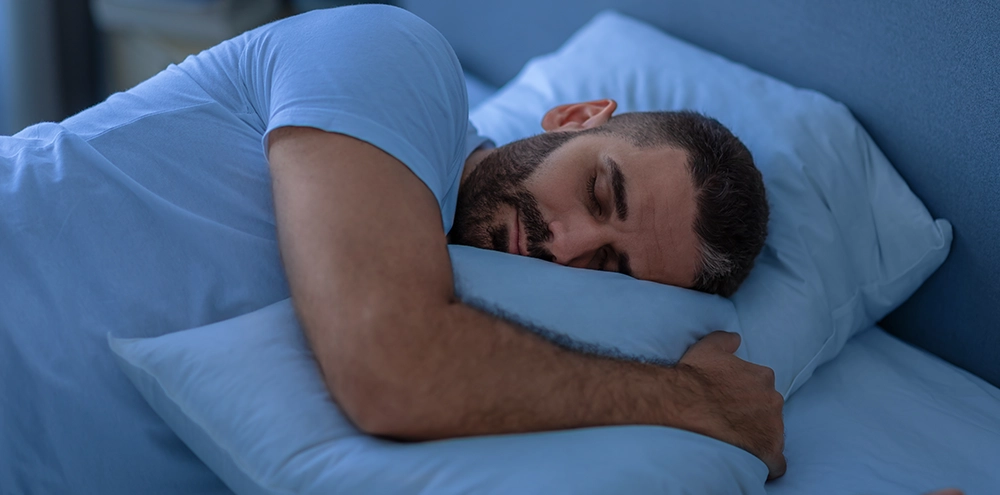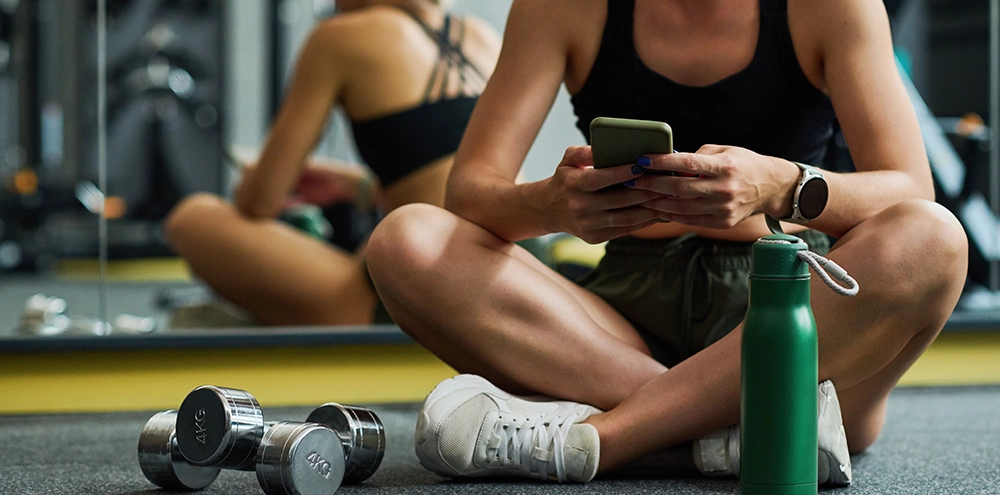Table of Contents
Four Strategies for Effective Weight Loss Without Experiencing Hunger
If I had to list three things that everyone wants, I would say: “We all want more money. We’d like to see fewer commercials on TV shows. We want a smaller waist,” writes Etobicoke based personal trainer Alex Simmons.
Indeed, in the modern world, there are few people who would not dream of losing weight and getting slimmer: there is almost always something to improve in their appearance. But very often it seems such a difficult task, painful and with an unguaranteed result, that you don’t even want to take it on. However, Alex Simmons is confident that the task of getting in shape is quite feasible for anyone: “I specialize in helping people lose weight. Whatever it is, you can shed the pounds, flatten your belly, and fit into your old jeans – and it won’t take you many years.” The main thing is to study the issue and know what and why you are doing.
Losing weight is easier than you think, writes Simmons. At the end of the day, losing fat is simply a matter of burning more calories than you consume. To lose fat quickly and safely and avoid sudden weight gain, you just need to do four things:
- Consume fewer calories.
- Burn more calories.
- Eat a balanced diet so you lose fat but not muscle—this is critical to preventing a slow metabolism and weight gain.
- Create a supportive environment that allows you to stick to your fitness plan.
The most important thing is that it does not require a starvation diet! Here’s how you can bring these four principles to life without leading yourself to hungry fainting and exhausting workouts.
- Eat fewer calories
Count calories and BJU (ratio of proteins, fats, and carbohydrates). You will need to track your calories and nutritional intake carefully for at least the first month.
To make this easier, use online calculators or mobile applications – they will show your total daily energy expenditure.
Eliminate sugar and liquid calories – there are a lot of them in juices, sweet tea, and coffee, and we most often do not consider such products as food. And in vain! In addition to the obvious culprits, keep an eye out for hidden sugars in things like fruit, sauces/condiments, and “healthy” foods like granola, protein bars, etc.
Drink plenty of water. In addition to the fact that we need water to function properly and look good, dehydration also sends thirst signals to your brain that can be misinterpreted as hunger. Make it a habit to drink a glass of plain water half an hour before each meal.
Practice intermittent fasting (Not all doctors consider this dietary system useful; you should not start it without consulting a doctor. But for some people, intermittent fasting is quite easy and can be an effective way to lose weight – Ed.) Skip breakfast and fit in your meals food in a shorter period of time. If you’re a man, fast for at least 16 hours and eat within an 8-hour window each day – noon to 8 pm works best for most people. If you’re a woman, fast for at least 14 hours and eat within 10. In any case, you should have two nutritious, but not overly filling, meals and one low-calorie snack each day. The main danger is not to try to cram the entire usual amount of food into yourself in a shorter time – the allowed 8 – 10 hours.
Eat slowly and stop eating as soon as you feel you are not hungry. As you know, the feeling of satiety comes with a significant delay – up to half an hour. And during this time, we can throw in a lot of food that our body does not need. To make sure this doesn’t happen, eat slowly, chewing each bite thoroughly. Spend at least ten minutes on each snack and half an hour on each meal.
Start with vegetables, then eat protein before finally moving on to carbs. Take 5-minute breaks between these steps to give your brain time to catch up with your stomach. For example, wash used plates and set the table before each course. Once you no longer feel hungry, stop eating – and don’t confuse “not hungry” with “full.”
- Burn more calories
Yes, most of us don’t have time to go to the gym every day and sweat it out for an hour and a half (and with travel and a shower, it can take three hours per workout).
Do workouts at home – let them be short, but intense and frequent. Train 5-6 days a week for 25-45 minutes at a time. I recommend separating strength training and cardio. There’s a half-hour break – get moving!
Burn more energy to produce heat. To do this, regularly expose yourself to cold temperatures: drink ice water, take cold showers, and keep your bedroom cool. Eating spicy foods also causes you to produce more heat—a piece of cold meat sprinkled with cayenne pepper right before a cold shower can significantly speed up fat burning.
- Normalize your sleep.
Move after every meal. After eating, either go for a short walk or do squats and push-ups for a couple of minutes. This will force the body to spend most of the food intake on your muscles, rather than storing it in fat reserves.
Sleep at least 7 hours a day. Eliminate all light sources from the bedroom. Go to bed at least 8 hours before you wake up, and spend the last hour before relaxing with the lights off. When you sleep better, you will have more energy and therefore move more and burn more calories. Your body will better regulate its appetite. Your hormonal profile will improve, allowing you to build more muscle and burn more fat, regardless of diet and exercise.
No alcohol. Alcohol contains more calories than carbohydrates, disrupts your sleep, and increases estrogen levels so your body stores more fat. Avoid it completely until you reach your goal weight.
- Create a supportive environment.
Remind yourself of your goal. Take a set of “before” photos of what you were like before you got fat, print them out, and place them somewhere you will see them every day, like in your bathroom mirror.
Surround yourself with supportive people. Your social environment has a huge impact on your success, so make sure the people you hang out with encourage you to stay in shape. Ideally, you should have several friends who are losing weight or have done so in the past. Please note that friends who want to lose weight but have never done so may not support you – seek out those who have already successfully walked this path to learn and be inspired.
If you don’t have friends who can support you in this endeavor, sign up for group fitness classes or join weight loss groups on social networks. Or better yet, hire a personal trainer, maybe even an online trainer.
Keep public diaries of your food intake and workouts (there are forums for losing weight, or you can simply report on social networks). Install a training application on your mobile – some of them require your progress report. Take photos of everything you eat before you eat it – this will allow you to think about whether you really need to eat it, and not automatically swallow tons of food without even noticing.
Plan your workouts and meal prep times. Schedule your workouts on your calendar. Additionally, schedule two blocks of time each week to meal prep in bulk so you have healthy food in the refrigerator, ready to eat at any time. Set reminders to go off an hour before each workout and meal prep, and treat it like work—only a real emergency could stop you from doing this.
“This doesn’t work for me! I tried it a hundred times!”
Your body does not violate the laws of physics. If you “can’t” lose weight, the reality is that you’re eating more calories and/or burning fewer calories than you think.
Don’t have time to go to the gym? Do 20-minute bodyweight workouts at home and sprint intervals outside. You can find the time. You can make time. Many people are in amazing shape despite working hard, and you can be in that shape too.
Worried about hunger? There are many simple tactics you can use to curb your appetite. Drink coffee in the morning to kill your appetite with caffeine until lunch, eat plenty of vegetables and protein, and drink plenty of water. The first few days may be tough, but hunger goes away much faster than you think.
Losing weight isn’t easy, but it doesn’t have to be self-tormenting. With determination and discipline, you can get healthy and build the body you’ve always dreamed of.
Tell us a bit more about yourself and we’ll reach out as soon as possible. We take a human approach to setting you up with the right trainer – so we’d like to learn more about you and your goals first.
Mike is a Certified Personal Trainer and a lifelong fitness and nutrition fan. Mike has a strong passion for training his body to become the greatest version of himself and truly believes we should all strive to train our bodies to look and feel our best. Based in Toronto, Mike has been studying fitness, nutrition, and training for over 20 years.




